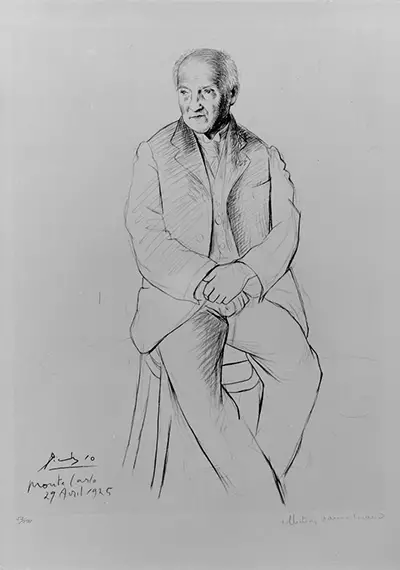Somewhere along the way, Picasso decided that the man in the chair had lived a life of such depth, in the world of a dance movement of such endless expression, that the portrait would be at its most raw and honest if it was simple and life-like. Those who are familiar with a great many of Picasso's 20,000 works will know that the iconic Spaniard rarely approached his art with such simplicity. Yet, in this portrait, he found eloquence and beauty through the pursuit of simplicity. 'Portrait of La Scala Master of Ballet' dates from 1925, and can only vaguely be described as a typical artistic offering from the neoclassicist and surrealist period.
It belongs to the expressionism style, but only just. When compared with more obvious pieces of expressionist art, such as 'The Scream' by Edvard Munch or 'Portrait of Eduard Kosmack' by Egon Schiele, this portrait is open to scrutiny. But then, as is so often the case with Picasso's work, it is the fact that you must look closer to find a deeper meaning that makes it so special. In 'Portrait of La Scala Master of Ballet', the subject's face is the most detailed aspect of the entire work. However, the clarity of the rest of his body is both subtle yet strangely clear, in a delightful combination of delicately placed pencil strokes.
Picasso was 43 years old when he drew this portrait. The man in the chair is considerably older than him and it is interesting to note that Picasso has dedicated such detail to one particular area. The passing of time has removed definition from the subject's facial structure, while his eyes are bereft of the depth and animation of a younger man. This is more than just a portrait of an older male, it is a stark illustration of human decay.


